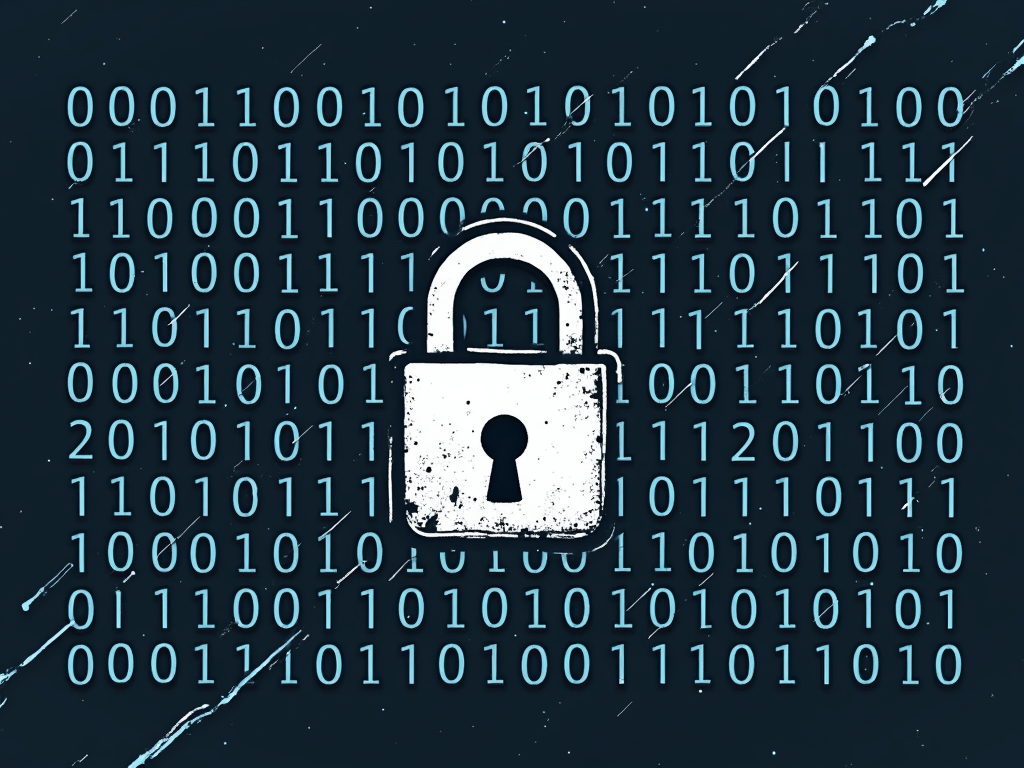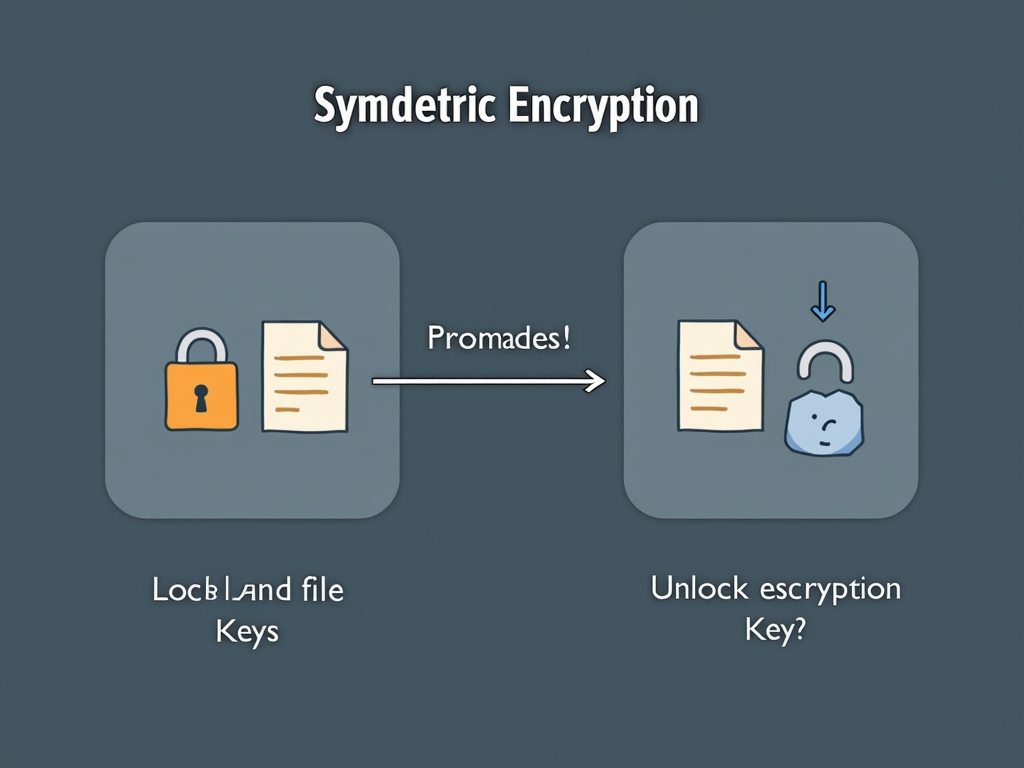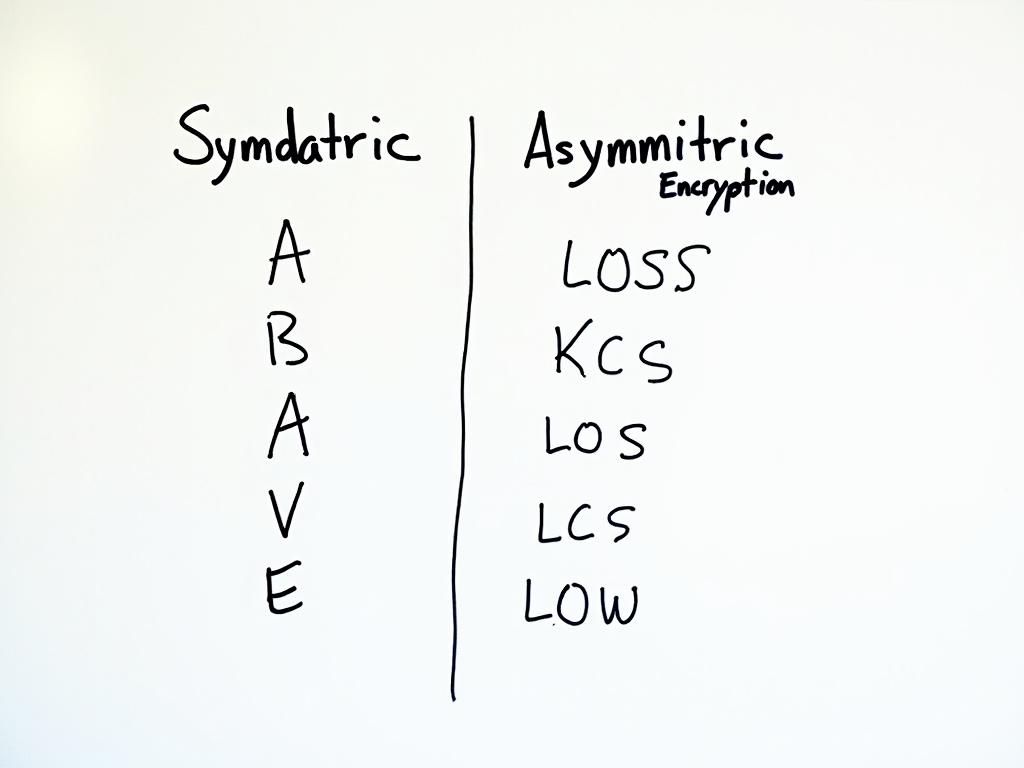Understanding Encryption: A Simple Guide
Encryption is a key part of staying safe online, but it can seem tricky at first. This guide breaks it down simply: what encryption is, why it’s important, and how it works. Whether you’re new to tech or just curious, you’ll find clear answers here.
What Is Encryption?
Encryption turns your data into a secret code so only the right people can read it. Think of it as a lock on your information. Without the key, no one else can open it. It’s how we keep things like passwords and messages safe from hackers.

Picture sending a note to a friend in a code only you two understand. Encryption does that, but with math instead of a secret handshake. It scrambles your data so even if someone grabs it, they can’t make sense of it without the key.
Types of Encryption
There are two big types of encryption: symmetric and asymmetric. Both protect your data, but they work in different ways.
Symmetric Encryption
Symmetric encryption uses one key to lock and unlock your data. You and the person you’re sharing with both need that same key. It’s super fast, so it’s great for things like locking files on your computer.
For example, if you password-protect a photo album on your phone, symmetric encryption keeps it safe. Only someone with your password can see the pictures.

Asymmetric Encryption
Asymmetric encryption uses two keys: a public one to lock the data and a private one to unlock it. The public key is like a mailbox—anyone can drop something in. But only you, with your private key, can open it.
This is how secure websites work. When you see HTTPS in the address bar, asymmetric encryption is keeping your connection safe. It’s perfect for sending messages or shopping online.

How Does Encryption Work?
Encryption takes your readable data—like a text message—and turns it into a jumbled mess called ciphertext. It uses a special set of math rules, called an algorithm, and a key to do this. The key is what makes it possible to unscramble the mess back into something readable.
In symmetric encryption, one key does both jobs. In asymmetric, the public key scrambles the data, and the private key unscrambles it. It’s like a magic trick, but with numbers instead of rabbits.
Here’s an easy way to think about it: Imagine a locked diary. Symmetric encryption means you and a friend share one key to it. Asymmetric means anyone can lock it, but only you can unlock it.

Why Encryption Matters
Encryption keeps your stuff private online. Without it, anyone could peek at your bank details or emails if they intercepted them. It’s like a shield that stops hackers from stealing what’s yours.
Take online shopping. When you enter your credit card info on a secure site, encryption makes sure it’s locked up tight. No one snooping on your Wi-Fi can grab it.

It’s not just for shopping, though. Encryption protects files on your phone or computer too. If someone steals your device, they can’t read your data without the key.
My Story with Encryption
I got serious about encryption after a scare a while back. I was using public Wi-Fi and didn’t realize how easy it was for someone to spy on me. Then I started using a VPN—short for Virtual Private Network—which encrypts everything I do online. It was a game-changer, and I felt safer browsing anywhere.
Later, I added a password manager to lock up my logins. Knowing they’re encrypted gave me peace of mind. It’s simple stuff that makes a big difference.

Tips for Using Encryption
Want to stay safe with encryption? Try these:
- Pick strong passwords: A weak password is like a flimsy lock. Make it long and unique.
- Add two-factor authentication: This is like a second lock on your door. It’s easy and boosts security.
- Use a VPN: It hides your online activity with encryption. Perfect for public Wi-Fi.
- Lock your devices: Turn on encryption for your phone or laptop. It’s usually just a setting away.
- Try secure email: Tools like Proton Mail lock your messages so only the recipient can read them.
Here’s a quick table to compare the two types:
| Type | Keys Used | Best For |
|---|---|---|
| Symmetric | One | Locking files fast |
| Asymmetric | Two | Secure online messages |

Busting Encryption Myths
Some folks get encryption wrong. Let’s fix that:
- Myth: It’s too hard for regular people. Nope! Apps and devices do the work for you.
- Myth: It makes your phone slow. Not really—today’s tech handles it fine.
- Myth: Encryption means total safety. It’s strong, but a bad password can still let someone in.
Wrapping Up
Encryption is your online bodyguard. It locks up your data so only the right people can see it. From browsing to storing files, it’s a must for staying safe. Want to dig deeper? Check out the recommended readings below for more ways to protect yourself.